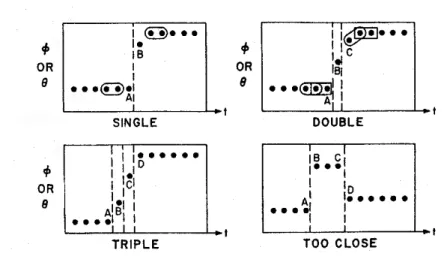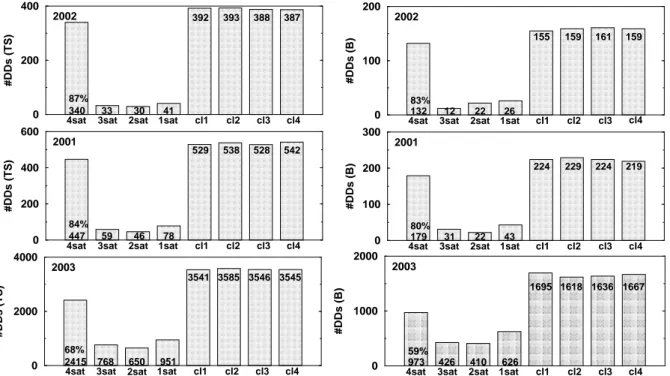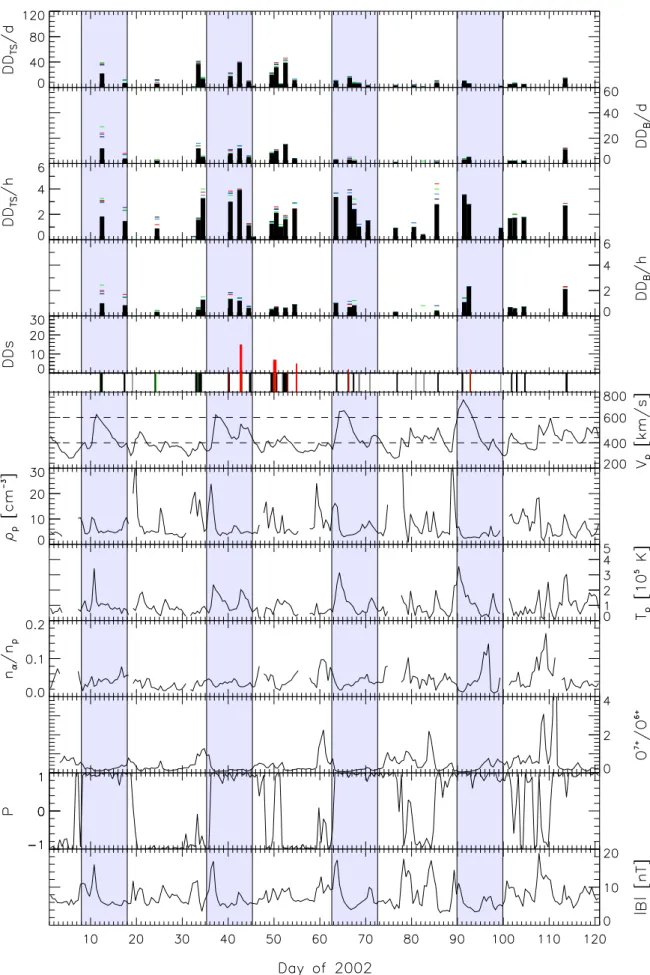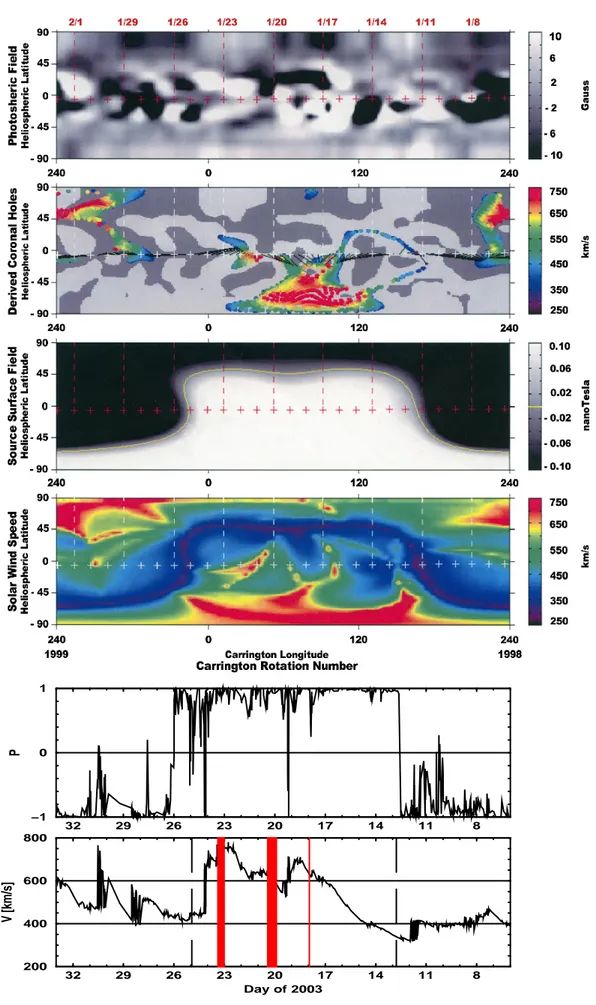OF THE S OLAR W IND M ICRO -S TRUCTURE DUE TO M ULTI -P OINT O BSERVATIONS
Volltext
Abbildung

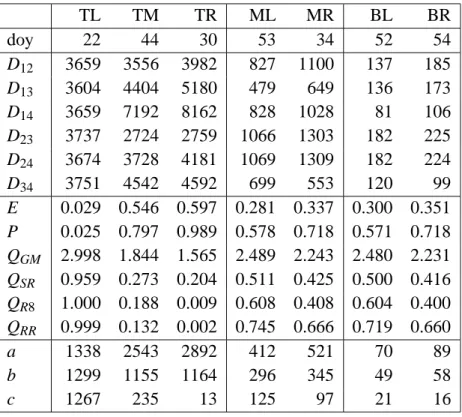

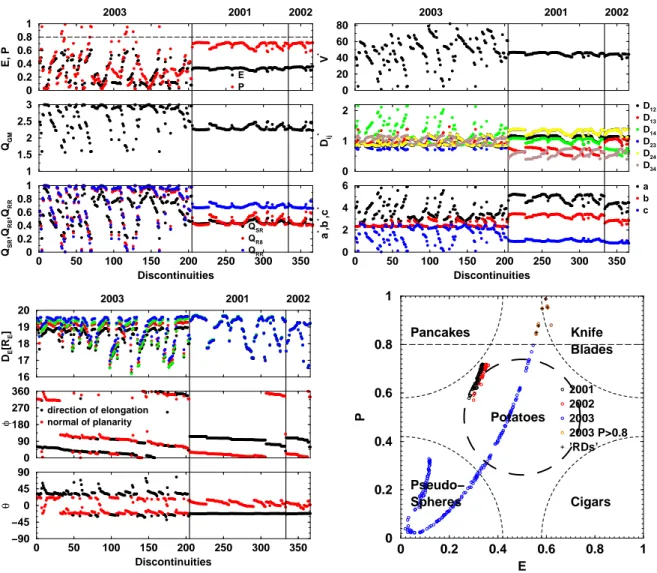
ÄHNLICHE DOKUMENTE
Three measurements (E/q k , time of flight, E SSD ) from the pulse height raw data are used to character- ize the solar wind ions from the solar wind sector, and part of
Bochsler P (1984) Helium and oxygen in the solar wind: dynamic properties and abundances of elements and helium isotopes as observed with the ISEE-3 plasma composition
MTOF can be conceptually divided into two parts: (1) an entrance system that makes a preselection in energy per charge and incident angle for the solar wind ions, which is governed
a certain graph, is shown, and he wants to understand what it means — this corre- sponds to reception, though it involves the understanding of a non-linguistic sign;
war nicht nur eine länderübergreifende Veranstaltung, sondern auch eine Ver- anstaltung, die zeigte, dass die verschie- denen zahnmedizinischen Fachrichtun- gen bisher und auch
Combining solar thermal and wood heating system is a special case, since the gain factor for the wood heating system, which is higher than that for the solar system, is reduced in
Another aspect of the Fund’s publication work this year was to help obtain images for a volume on the Gold of Nubia by Yvonne Markowitz and Peter Lacovara, to be printed by
Kleidertauschparty, HUMAN VISION Kleidermarkt, Ski Schuh Tennis Orchestra Konzert. Afterparty
